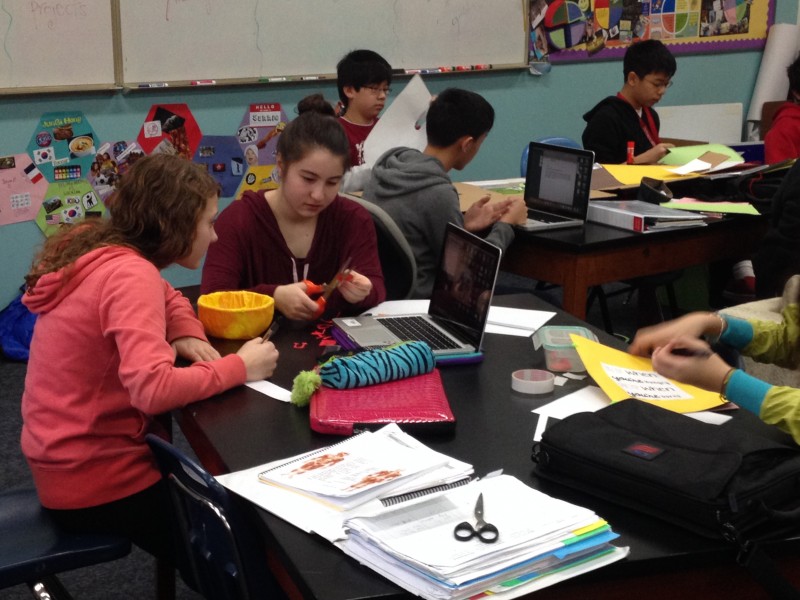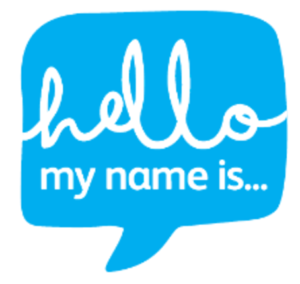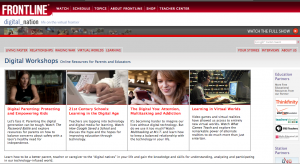When I began teaching health, it was fifteen years ago at a public high school in Southern California. I was keenly aware of the student population and their health concerns, as I was only 24 years old and had graduated from that same school just 6 years before.
Now I’m at an international school in Shanghai, teaching middle school students who come from all over the world.
Needless to say, my curriculum has changed.
But it’s not just the demographics – though that certainly plays a role- the health concerns for all of our students have shifted, and it’s important that we’re willing to shift as well.
Know when it’s time to address new topics
If you want to get buy-in from the kids, they have to feel the curriculum applies to them. That’s why the one-size-fits-all textbook approach stopped working a long time ago.
This past weekend, my subject partner and I hosted a workshop for health and wellness teachers from other international schools in our region. Though the participants taught in several different countries, some new universals came up when we discussed the health concerns of our students – sleep, mindful technology use, stress, anxiety – and a quick glance to the right side of this page will show you the most popular Choices article for students is “Help, I Can’t Put Down My Phone.”
The influence of technology on our health is a huge issue for all of us, and if you haven’t added it to your health curriculum yet, that article would be a great place to start!
And know when it’s time to throw things away
A few weeks ago I had a flood in my classroom, and being moved out of there helped me appreciate all that I had. Well, moving back in this week helped me realize how little of it I actually need.
After the carpet was removed and the concrete was sanded, a thin layer of dust covered everything in the room. And despite the efforts of a hardworking crew, weeks later much of it still remained. My students and I spent some time this afternoon pulling everything off the shelves, and I actually got a good look at the resources I’ve been holding onto for the last 7 years.
My students and I laughed as we looked at the dated fashion in the old pamphlets and posters, and I was reminded how quickly health class materials become dated.
Some gets rendered useless because the information has changed – like the board game with the Food Pyramid, or a digital citizenship DVD about MySpace. And some because our approach has changed, like with the jar of fake oil I had to hide from my students that said,
“Vat of Fat: Ever wonder what happens to those extra calories you consume every day? You’re looking a it.”
When they asked why I had held onto this stuff for so long, I tried to defend myself by telling them how expensive it all was. And then one of them said, “And now you’re lucky, because the Internet is free.”
The influence of technology on our health can be a positive thing as well.
For a bank of free Internet resources to help keep your health class relevant, check out this new list of 33 Choices-approved Websites.




